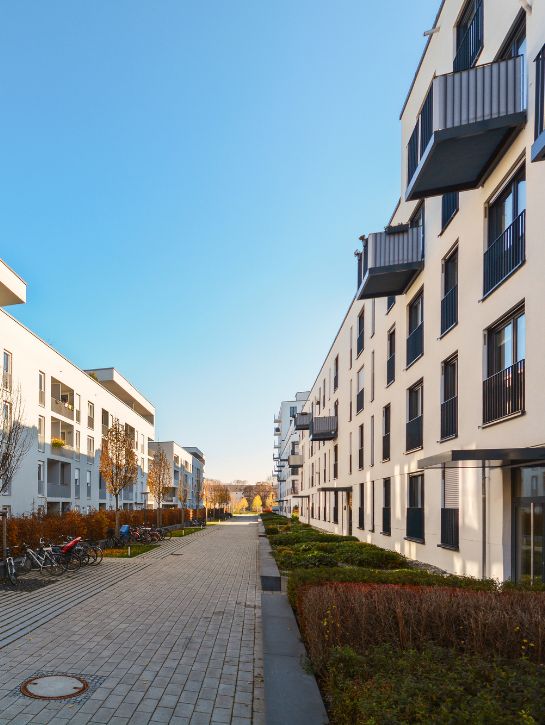Property insurance for residential care facilities is a critical safeguard that can help facilities recover from losses, enabling them to continue providing a safe and comfortable home for their residents. Securing suitable coverage and ensuring you have the right terms will protect both your residents and your company.
The State of the Property Insurance Market
Property insurance rates are rising. The Council of Insurance Agents & Brokers (CIAB) says commercial property insurance prices rose by an average of 20.4% in the second quarter of 2023 and by 17.1% in the third quarter. Carriers cited natural catastrophe losses and reinsurance costs as reasons behind the price hikes.
Some property insurance providers are pulling out of disaster-prone states like Florida and California. According to NBC, insurance companies consider approximately 39 million properties too high of a financial risk to want to cover them.
Obtaining Coverage in a Hard Market
The recent property insurance rate hikes mean that residential care facilities may face much higher prices when their insurance is up for renewal. Facilities in high-risk areas, those with an unappealing claims history, and those considered risky for other reasons may face especially steep rate increases. Some carriers may even decline to cover them.
This hard market requires extra planning. If your insurer does not renew your policy, you’ll need to look for new coverage and possibly explore alternative coverage options. Since this can take time, it’s smart to start the process early.
As some insurers offer less robust coverage than others, you should check your policy terms to see whether you have the level of coverage you need. If you have insufficient coverage, you should either ask the insurance company to provide additional coverage or obtain a separate policy for additional insurance.
As you review your insurance coverage, there are a few main questions to ask.
Do You Have Sufficient Property Coverage?
Policyholders should insure their property for the full value. That way, if there’s a total loss, they’ll have enough coverage to rebuild. Bear in mind that many property policies contain a coinsurance clause that creates a penalty for underinsurance, even for claims below the policy’s limit.
Even with a high limit, you may find you don’t have enough coverage. There are a couple of reasons for this. One issue stems from the difference between actual cash value and replacement cost value. With both valuation methods, you’ll have to pay the deductible. However, with actual cash value, the insurer will also subtract depreciation from your payout. For things like appliances and roofs, depreciation can be significant.
Another issue is new building codes. If you have an older building that becomes damaged and needs repairs, you may need to upgrade it to meet new building codes, which can increase the cost. A standard property insurance policy may not provide enough coverage. However, policyholders can add ordinance or law coverage to cover the extra costs associated with meeting new building codes.
Do You Have Sufficient Business Interruption Coverage?
Events that damage a facility may make it unlivable, and repairs may take a while to complete. In the meantime, your residents will need a suitable place to live. If you can’t provide it, your residents will have no choice but to leave, losing you revenue.
Insurance can help your facility protect its bottom line by enabling you to continue providing care. If your facility has loss of business income insurance, you can receive compensation for lost revenue due to covered property damage, whereas insurance with extra expense coverage can pay for the extra cost involved in caring for displaced residents.
Is Your Policy Designed for Business Purposes?
Owners of small residential care facilities sometimes want to use homeowners insurance to cover their facility. Unfortunately, homeowners insurance policies typically exclude commercial activities – and running a residential care facility out of your home certainly counts as a commercial activity.
Although it can cost more, residential care facilities require commercial coverage – ideally coverage designed specifically for the risks and needs of the residential care sector. Residential care facilities have higher risks than regular homes (this is one of the reasons why homeowners insurers won’t cover them) and may need higher limits and additional coverage types.
Tangram provides property insurance for residential care facilities through the Personal Care & Assisted Living Insurance Center (PCALIC). Learn more.
This article was provided by Tangram Insurance Services.




